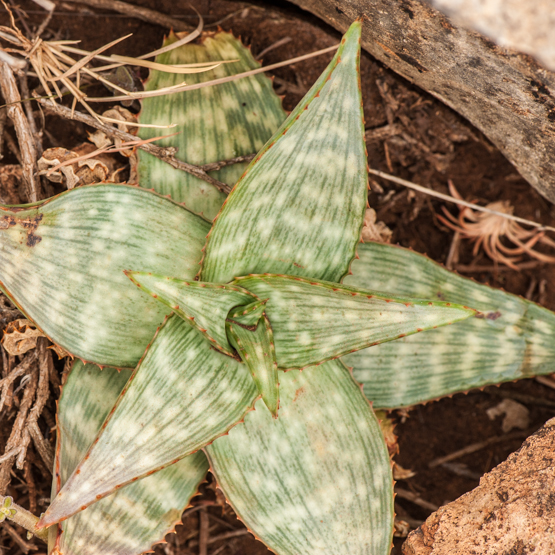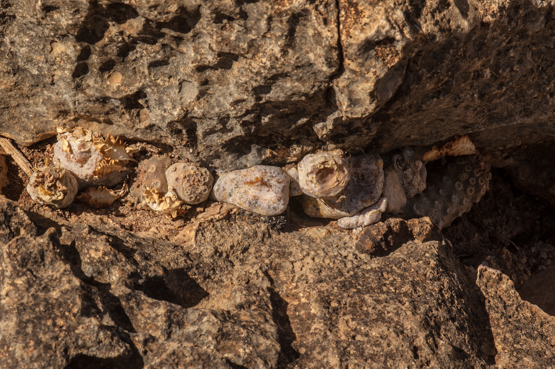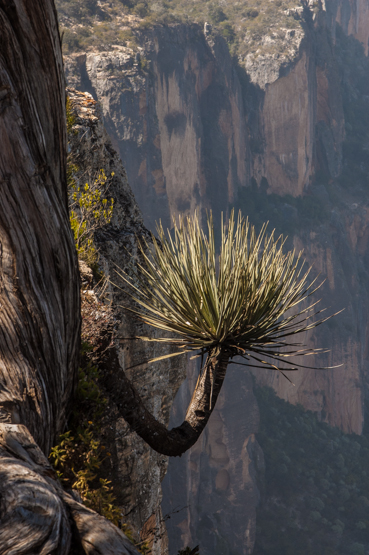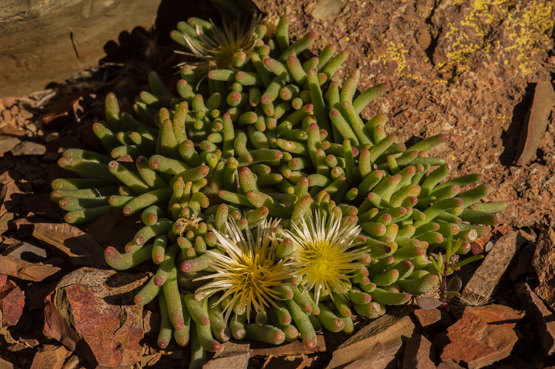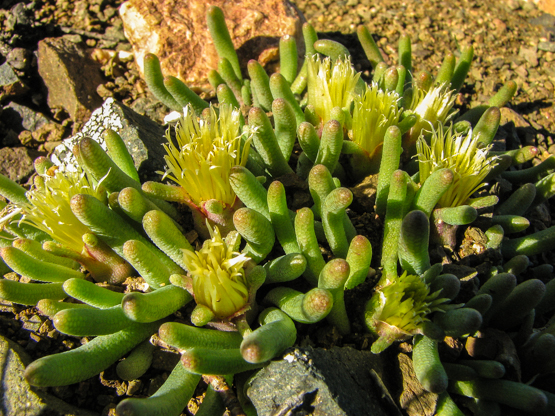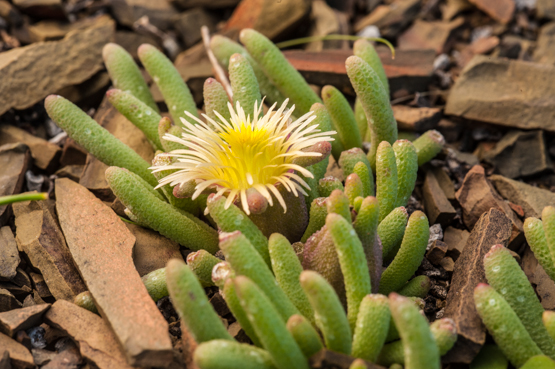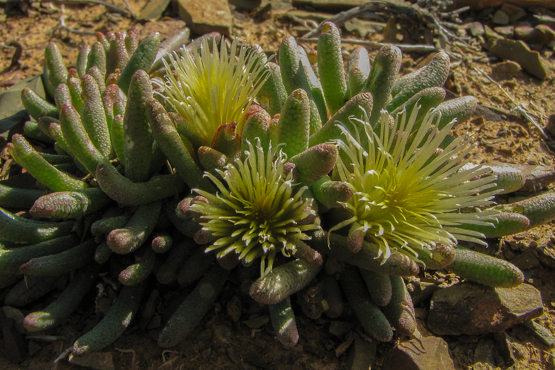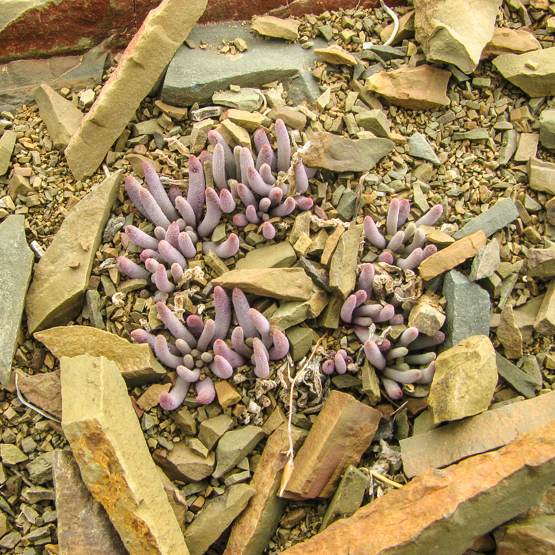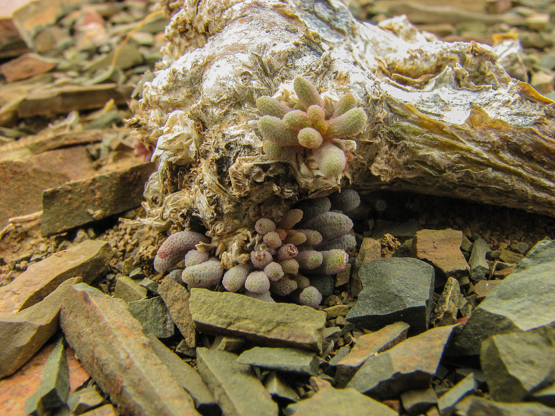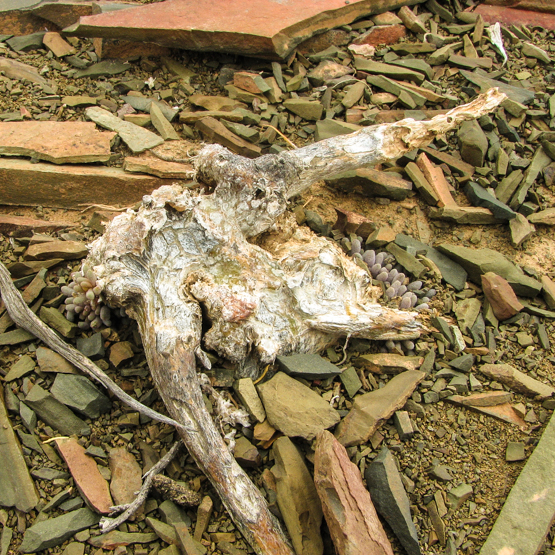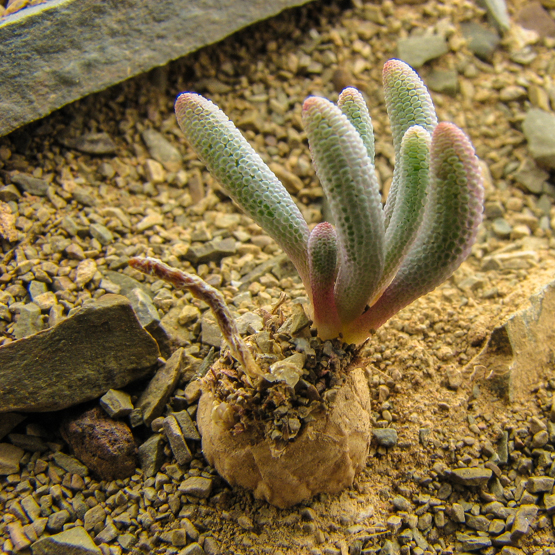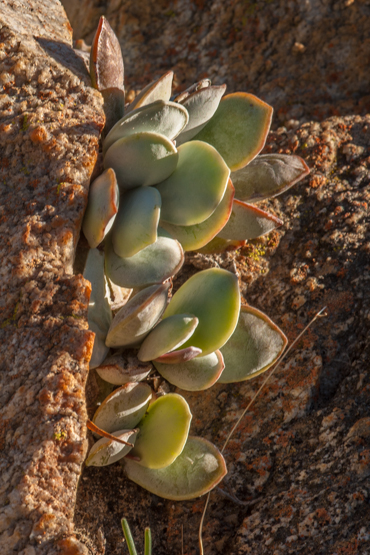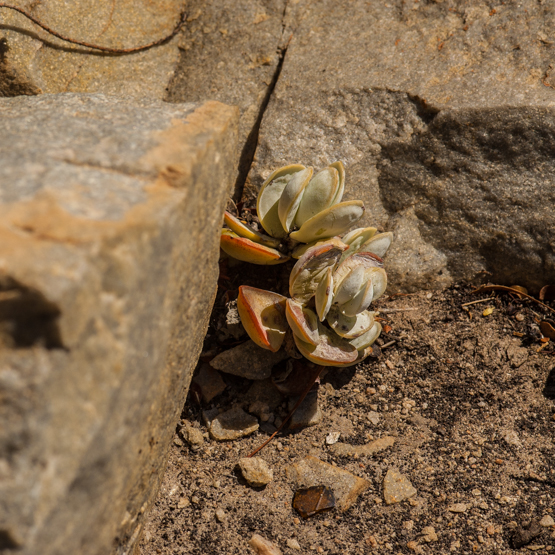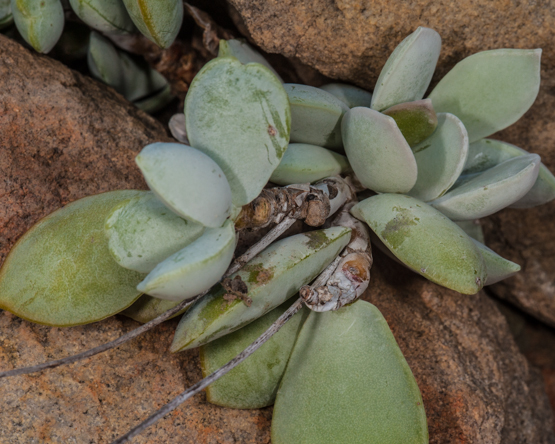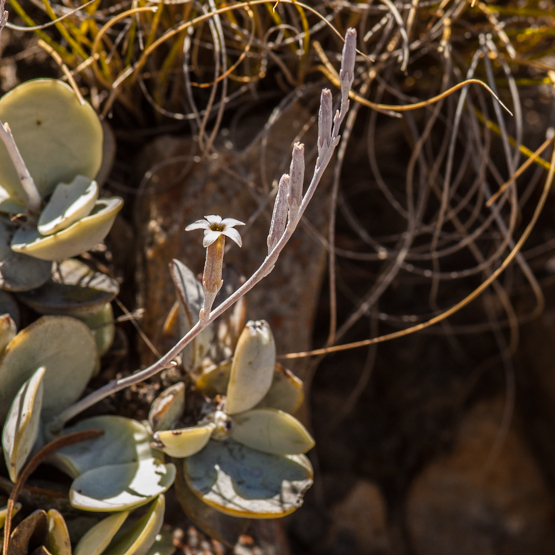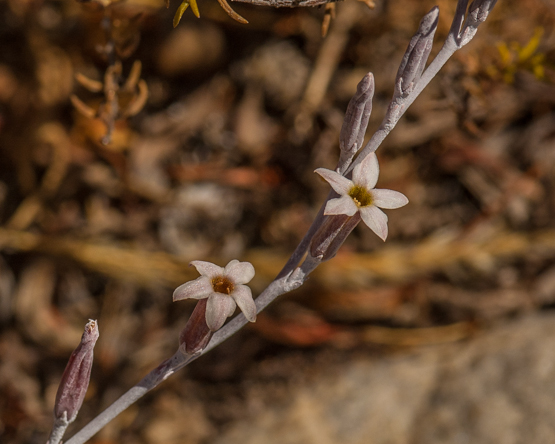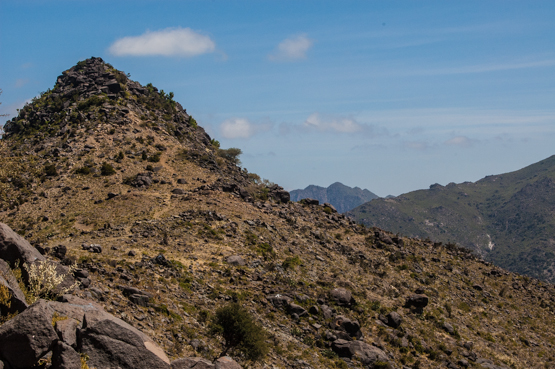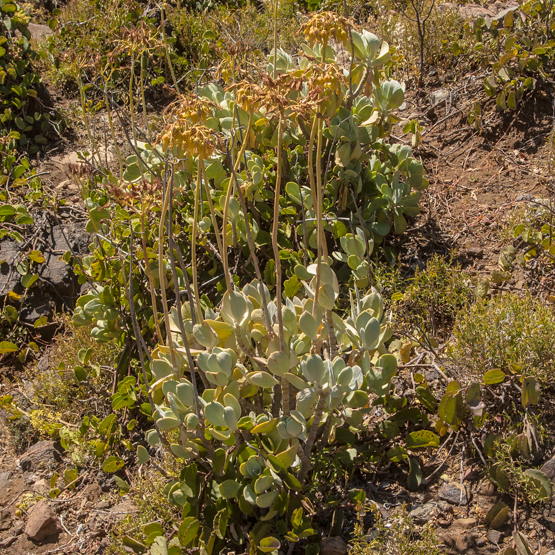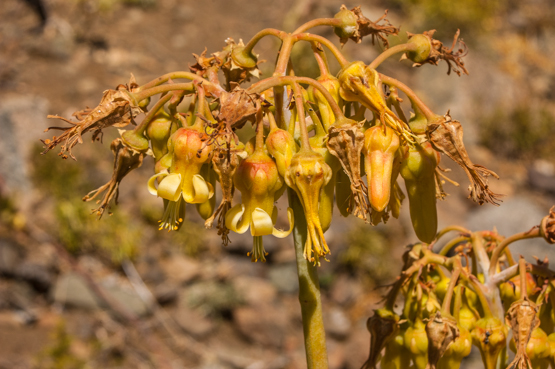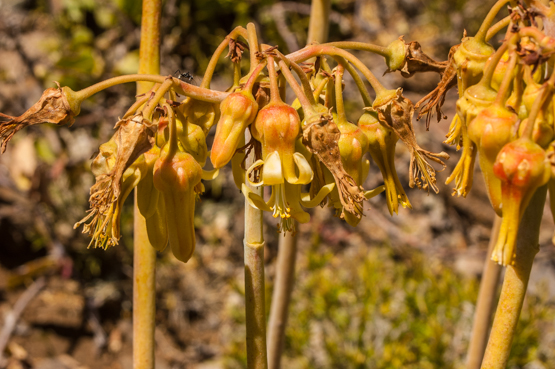Since I returned from Somaliland last week, I have been pondering how to evaluate the trip.
On the one hand it was a once in a life time experience for me and I’m truly grateful to have been able to do this. I saw many plants that were either new to me or I had not seen for many years. Seeing what people in a country like that have to cope with, also helps in appreciating one’s own situation.
On the other hand we ran into a lot of troubles that made the trip less pleasant and useful than expected. Sometimes the permits we had for travelling within the country were not sufficient; at other times the locals were very suspicious of what we were doing and did not want us to be there. In the end we even decided to cut the visit short and return two days earlier to Ethiopia.
Usually one of the main purposes for a trip like this is making as many pictures as is feasible. Unfortunately the camera I use as a rule (Nikon D700), decided to turn a lot of my pictures completely black. So, although the image took up memory space on the card, it showed only black pixels. Fortunately I brought a spare body (D70) with me, so not al was lost, but calling the problem annoying would be somewhat of an understatement!
In spite of all this, I came home with a number of interesting pictures, some of which will appear on this blog in due course.
To wet your appetite I add some pictures of
Senecio pendulus, Aloe grisea, Dorstenia foetida and Dracaena schizantha resp.

